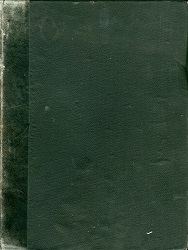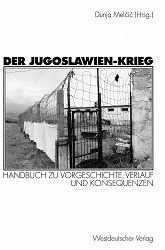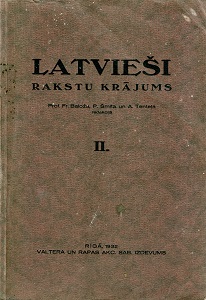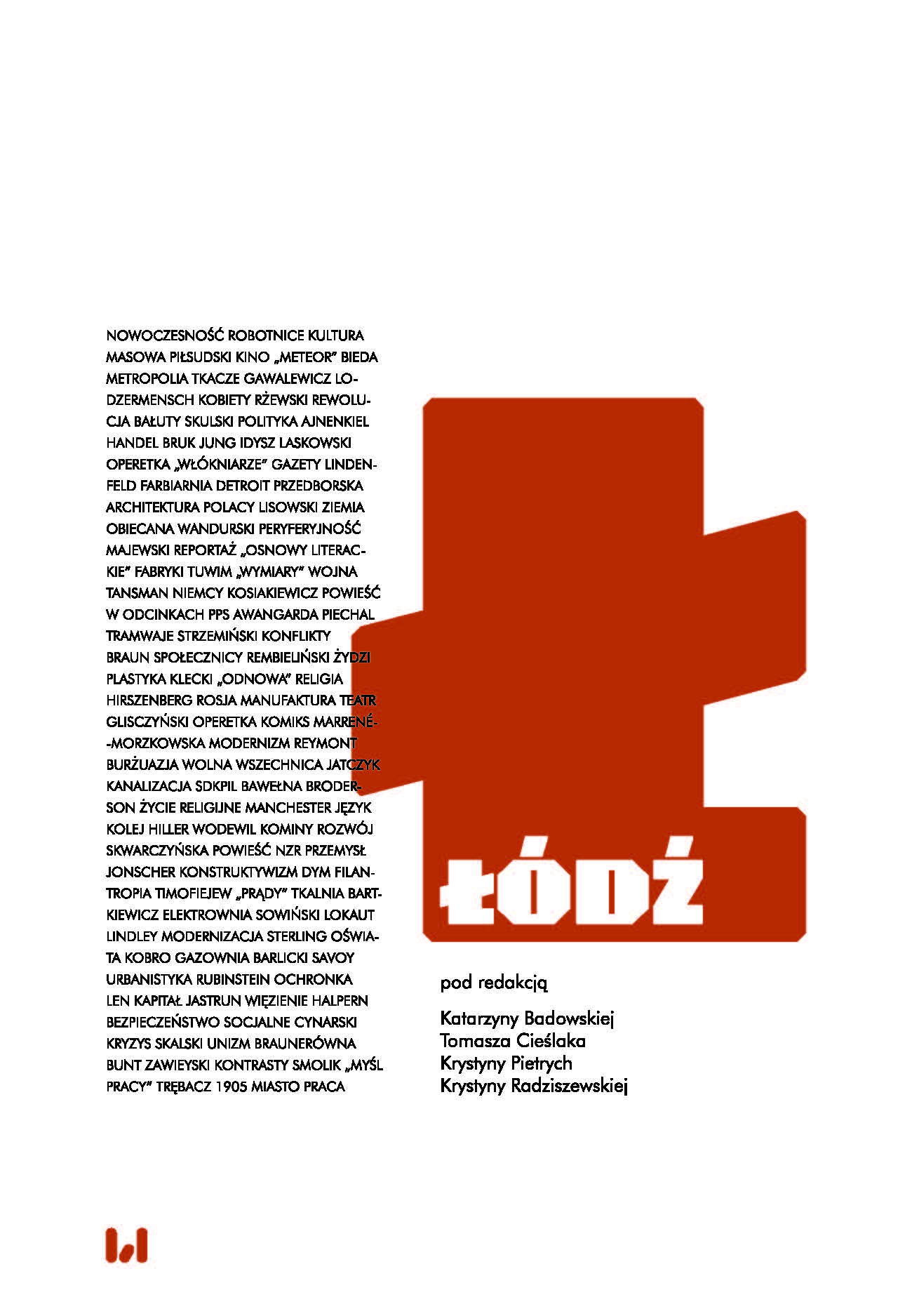
We kindly inform you that, as long as the subject affiliation of our 300.000+ articles is in progress, you might get unsufficient or no results on your third level or second level search. In this case, please broaden your search criteria.


4.1. From Slavic Tribal Societies to Feudal Rule 4.2. Bosnia as part of the Ottoman Empire 4.3. The Austro-Turkish Wars and the collapse of the Ottoman Empire 4.4. The end of Ottoman rule and the occupation by Austria-Hungary 4.5. epilogue
More...

6.1. Middle Ages 6.2. Turkish rule 6.3. Uprising against the Turks 6.4. Serbian autonomy in the Ottoman Empire 6.5. The Kingdom and the Struggle for Modernization 6.6. Until the end of the First World War
More...
7.1. Middle Ages 7.2. Ottoman period 7.3. Self-government and bishopric 7.4. Secular domination and expansion 7.5. From the Balkan Wars to the Loss of Independence
More...
8.1 The origin of the Albanians 8.2. Middle Ages 8.3. From the Ottoman Empire to the Serbian occupation 8.4. Under Serbian Supremacy 8.5. Incomplete equality in the federation and loss of autonomy 8.6. repression and resistance
More...
9.1. Middle Ages 9.2. Under Ottoman rule 9.3. In the twentieth century 9.4. State Independence
More...

The aim of the article is an attempt to reconstruct and analyze literary representations of the sound environment of modernist Łódź, taking into account its diversity - city noise, industrial bustle, silence, processes of semantic harmonization or disintegration of the sonosphere as the effects of aural poetics. The field of interest also included issues related to the social diversity of the city's sound space. The sound environment of Łódź presented in literature until 1939 was presented as a sphere of literary resonances which, in varying intensities, highlight the resonance between modernity, its psychocorporeal experience and creativity.
More...
At the turn of the 19th and 20th centuries Łódź was commonly thought of as the embodiment of modernization and industrialization, a symbol of the modernity of the industrial era. Thanks to technical progress and specialization in textiles, the city transformed from an agricultural settlement into a metropolis during the lifetime of one man. And at the same time, Łódź was perceived as a province, a kind of Wild West. The author analyzes the image of pre-war Łódź preserved by publicists and writers in reportages, columns, correspondence and literary works; how contemporaries assessed the city - its inhabitants of various nationalities and visitors curious about the “cotton town”.
More...
The author of the article explores the tropes and meanings of (post)Germanness in Polish literature dedicated to modern Łódź, delving into theoretical frameworks of regionalism, geopoetics, and studies on collective memory. He reads selected texts or their fragments that present and problematize the presence of Germans in the culture, economy, and history of the city, as well as the local experience of its Germanness. The primary goal of these reflections is to interpret the relationship between literary depictions of the multicultural industrial-commercial center and the model of a metropolis fitting into modern integral nationality. By analyzing representations of Germans in Łódź and Germanness, the author raises the question of how concepts such as civilization, technology, progress, otherness, urbanity, and bourgeoisie are entangled in Polish identity and national memory in the second half of the 19th century and the first decades of the 20th century.
More...
Reymont reported on the stages of construction of the Promised Land in letters to friends and family. His spontaneous way of reporting resulting from the hyperbolization of experiences and impressions provides source material for examining the creative process and the way of perceiving the described space. For the writer, Łódź was a place that interested him in its spectacular development and functioning, and he decided that it could be an artistic challenge for him. He worked on the work in several stages: in Łódź itself, collecting the necessary material, and for the next several months (including in France), drawing on these findings colored by imagination. He informed about each of these stages in his correspondence, proving his keen interest in the factory town and its peculiarities.
More...
The following essay is focused on the forgotten epic poem Włókniarze (Weavers) by Józef Jatczyk, self-taught writer and former activist of the National Workers’ Union. His poem is one of the unique literary records of the 1905 Revolution in the Kingdom of Poland and, at the same time, an attempt at working through the trauma brought on by the confrontation with the most violent and excessive manifestations of modern mass politics. In the poem a rather schematic romance serves foremost as a pretext for facing the experience of the “fratricidal conflict” in Łódź during the revolutionary period. It was a time when successive waves of strikes rolled through the city, hundreds of rallies were organized, and heated political disputes proceeded in factories and working-class homes. In 1906, when their temperature reached its zenith, paroxysm of political violence shook the city. Thus I argue that modern mass politics brought with it opportunities, but was also burdened with serious risks. On the one hand, it has created conditions for the actual political empowerment of the plebeian strata. However, it has resulted in an exacerbation of social divisions, the politicization of everyday life, and the threat of fueling resentments in the name of political mobilization. In Łódź modern forms of mass politics manifested themselves suddenly, in conditions of revolutionary crisis. I argue that Jatczyk’s poem is a study of the potential hazards posed by modern politics based on mass mobilization and driven by symbols, emotions, and an ideologized vocabulary. The dangers presented in Włókniarze are exaggerated, thus obscuring the emancipatory dimension of the revolutionary experience, however, they were certainly not imagined.
More...
The article presents an important aspect of the cultural life of Łódź in the interwar period 1918–1939, which was the local literary magazines that appeared at that time, especially in the 1930s. They created a modernization ferment and promoted literary trends and fashions that were current at that time. These magazines, in addition to presenting the achievements of authors associated with Łódź, tried to consolidate the Łódź literary community (especially the young generation) and initiate a discussion about the social obligations of literature, especially important in the environment of a large industrial center.
More...
The article recalls Maria Przedborska, a unique figure for the Łódź intelligentsia and workers in the interwar period. First, her professional and social activity, resulting from her role as a labor inspector in factories in Łódź, was presented, and then her journalistic and poetic works were presented. Through both her professional and journalistic activities, the Przedborska inspector tried to change existing social relations, thus fighting to improve the fate of Łódź workers. Przedborska, the poet, set herself the same task in the cycle of poems Among the chimneys of Łódź, published in "Głos Poranny" in the years 1932–1936. The poems that make up this cycle, drawing direct inspiration from the observations that Przedborska made during her inspector's activity, provide numerous testimonies of the life and work of women workers in Łódź textile factories. They show the most destructive aspects of the functioning of large-scale factories during the Great Depression of the 1930s: excessive work, accidents with machines, layoffs, unemployment, diseases, hunger, poverty, prostitution. In her poetry, Przedborska shows a large-industrial city undergoing radical political and social changes, which are the result of accelerated industrialization, which were not accompanied by extensive modernization changes. Przedborska's works do not only have a documentary function, they are equally important in showing solidarity with the workers, appealing to a sense of social sensitivity and defending those who were most affected by the negative aspects of the modernization processes.
More...
The Free Polish University was the first institution in the interwar period create possibility of practicing the humanities in Łódź as an industrial city. Stefania Skwarczyńska's activity in Łódź in those years shows that the new styles of theoretical thinking and forms of shaping the research community that were formed at that time differed from the academical patterns typical of nowadays university centers. The community of teachers and independent researchers that emerged then would build the University of Łódź from scratch after 1945, transferring the ideas of the "thought collective" into the post-war period. Skwarczyńska's direct collaborators during this period included, among others: Tadeusz Czapczyński, Wilhelm Fallek and Zygmunt Hajkowski, whose works had much in common with the idea of "applied literature" developed by Skwarczyńska.
More...
The article contains an overview of the state of research on the Polish language of the inhabitants of Łódź in the interwar period. The everyday speech of the city's inhabitants (mainly workers) was characterized, drawing on various sources (spoken language, literary texts). On the basis of student newspapers, the correct, careful variety of Polish taught at school was presented. The area waiting for the researcher turned out to be the language of the Polish-language press in Łódź. The reflection also covered the naming trends dominant in the discussed period, visible in urban names, urbochrematonymy, and in personal names. The review carried out here has revealed areas that have not yet been covered by linguistic reflection, while others, subjected to partial analysis, encourage their deepening. It seems that the presented review of research undertaken so far and postulated for the future of the Polish language of the city's inhabitants proves that the Polish language of the inhabitants of Łódź in the interwar period may constitute an important and interesting research object.
More...
The aim of the article is to present "Yung Yiddish", the first avant-garde Yiddish group in Poland, operating in Łódź in 1919-1921. The group was founded in a multinational city with various traditions and spiritual sources. Moyshe Broderzon, with his experience of avant-garde movements in Russia, played a leading role in creating the group and its program. The group included outstanding painters, writers and theater creators of international rank co-created the community as Yitsḥak Katzenelson, Yekhezkl-Moyshe Nayman (Neuman), Chaim Leyb Fuks, Chaim Krul and artists: Yankl Adler, Marek Szwarc, Yitskhok Broyner (Brauner), Henekh Bartshinski. They created mainly in the circle of the Yiddish language, which became their programmatic distinguishing feature. They were also open to inspiration from outside, to the influence of other avant-garde groups from Warsaw, Poznań, Berlin, Dresden, the cities of the Rhineland, as well as Moscow and Kiev. It also drew from other cultures among which Jews lived and worked. The artists published a magazine with the same title that combined visual and literary experiment. Six issues of the Yung-Yiddish magazine have been published.
More...
Since the first known professional theatre performance in Łódź (1844), local opinion-forming circles have been calling for the establishment of a permanent Polish-language theatre in this city. This was largely dictated by the post-Romantic belief in the need to emphasize the Polishness of the city by locating a permanent institution of high culture there - this was all the more important because the theatre of the German and Jewish minorities was developing relatively dynamically. In line with this project, many times - including in the press - the most appropriate repertoire for such a stage was outlined, with a special place reserved for national, preferably serious, dramas with patriotic overtones. Subsequent attempts to create such a scene ended in failure, increasing the frustration of many local elites and contributing to the creation of a myth about a city averse to dramatic art. Meanwhile, the inhabitants of Łódź had the opportunity to watch the entertainment repertoire shown in a similar period in other large European cities, which may prove both the surprising activity of traveling groups and the tastes of Łódź residents not differing from those of the industrial cities of the West. Moreover, Łódź also became the cradle of Polish folk theatre - a special type of theatre venture addressed to a working-class audience and modeled on similar theatres in Europe.
More...
America providing quite an attraction to provincial stages. A number of Polish and non-Polish theatre stars arrived in Lodz, a city developing in the late 19th century. Many of them hoped for professional and financial success. However, theatrical performances in a "city without tradition", carried certain risks. This article turns its attention to the paradoxically difficult reception of theatre stars' performances in Lodz, such as Ira Aldridge, Helena Modrzejewska and Isadora Duncan, who came to the city in the late 19th and early 20th centuries, although they did not always succeed in performing on stage.
More...